By Tim Newark
It was a letter in the London Times that caught the attention of British wartime Prime Minister Winston Churchill. “It appears that very large numbers of Irishmen have joined H[is] M[ajesty’s] Forces since the outbreak of war,” wrote retired General Sir Hubert Gough in September 1941.
“This is their own spontaneous and unsolicited act, since owing to Ireland’s neutrality there have been no agencies where they could enlist at home and no recruiting campaign. It is a pity that the fact—well known as it appears to be in Ireland—is not more widely realized here, as it is valuable evidence that Irish neutrality is not a mask for a hostile spirit towards Britain and the Commonwealth at war.”
Gough went on to suggest that the fighting spirit of the Irish was particularly strong when they served in units grouped together under an Irish banner. Just as American neutrality was not compromised by Americans volunteering to serve in the Eagle Squadron of the RAF, he recommended that Irish and Anglo-Irish serve together in an Irish brigade.
Churchill loved the idea, and in an unguarded personal minute to the Secretary of State for War he wrote: “I shall be glad to have an expression of opinion from the War Office on this suggestion. We have Free French and Vichy French, so why not Loyal Irish and Dublin Irish?” Churchill’s enthusiasm for an Irish Brigade was strengthened when he saw extracts from letters secretly intercepted in Northern Ireland for a Postal Censorship Report.
“Patrick is 19 years old,” wrote one correspondent from Waterford to a friend in Hampshire. “He joined up entirely on his own bat and I must say that all his boy friends over here from three counties have done likewise, so Ireland shouldn’t be damned so freely.”
Churchill underlined several similar passages in red and repeated his request for the War Office to look at this suggestion: “I think now the time is ripe to form an Irish Brigade also an Irish Wing or Squadron of the RAF.’ The Prime Minister recommended that the Dublin-born Battle of Britain RAF Spitfire ace Paddy Finucane would make an excellent figurehead for such a force. “Pray let me have proposal,” insisted Churchill. Then, with an eye to postwar developments, he added: ‘The movement might have important political reactions later on.”
It was the political ramifications of an Irish Brigade that concerned David Margesson, Secretary of State for War, and Viscount Cranborne, Secretary of State for the Dominions, in their joint reply. They liked the idea of an official show of appreciation to all the volunteers coming from Eire, but they also did not wish to disrupt this flow.
“Up to now, men have gone from Ireland unobtrusively, and nothing has been said to underline their presence in our armed forces. It has therefore been possible for the Southern Irish Government to wink at it. But were we to blazon abroad the part which the citizens of neutral Eire are taking in the war, contrary to the policy of their own Government, the Irish Government might well feel bound to take action to prevent the departure of any further volunteers from their shores to join our forces. Were they to do so, we should have lost far more than we gained.”
It would be estimated by the Dominions Office that some 43,000 Eire-born Irish men and women had joined the British services by the end of the war.
Controversy Over the Irish Brigade
In their letter to Churchill, Margesson and Cranborne made the case that southern Irish volunteers might not like it to be known that they had fought for the British as this might penalize them at home: “Further, there is the possibility that completely Irish units, so far from being the symbol of the close connection between Britain and Ireland, might become a fertile breeding ground for subversive agitation by the IRA and other disloyal elements, who would join them for this very purpose.”
Consideration was given to establishing a Shamrock Squadron, formed from “men of Irish blood from all parts of the world,” but the view of the Air Ministry was that there was no demand for this within the service and that Irishmen would object to being removed from their current units. The only positive suggestion was to brigade together existing British Army Irish battalions—such as those from the Royal Inniskilling Fusiliers, Royal Irish Fusiliers, and London Irish Rifles.
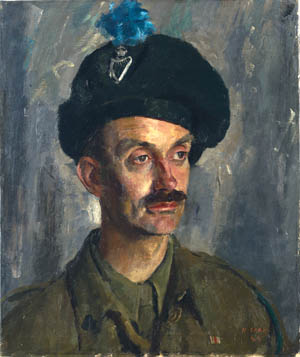
Somewhat deflated by the arguments coming from the War Office, Churchill scribbled his own reply on this joint memorandum: “As proposed. It is a halfway house.” But, as if this wasn’t disappointing enough, word of the suggested Irish Brigade got to John Andrews, then Prime Minister of Northern Ireland.
In a forceful letter to Churchill, in which he apologized for burdening him with extra trouble, he appealed to the war leader’s acute sense of military history. “The name would inevitably be associated with the Irish who fought against England in the days of Marlborough, the Irish Brigade which fought against Britain in the Boer War … and finally with a body of ‘Blue Shirts’ organized in Eire a few years ago to fight in the Spanish Civil War.”
With Churchill abroad in the United States talking to U.S. President Roosevelt, Deputy Prime Minister Clement Attlee stepped into the growing controversy, saying that Andrews had got the wrong end of the stick. There was no intention to raise an Irish Brigade as originally suggested by General Gough, just to brigade together several Ulster regiments within the British Army. He reassured the Northern Irish prime minister that no particular publicity would be given to the proposed brigade “until occasion arises to do so when it has distinguished itself in action.”
Andrews was unimpressed: “While, of course, I appreciate the desire of the British Government to give recognition in due course to those Eire citizens who are loyally supporting the Allied cause, we feel that the use of Ulster regiments for that purpose would arouse resentment here. In my view, any policy calculated to obliterate or blur the distinction between the belligerency of Northern Ireland and the neutrality of Eire would confuse and mislead public opinion and be detrimental to the highest interest of the Empire as a whole.”
In the end, it was the will of Winston Churchill that prevailed, although in the moderated form suggested by the War Office. In January 1942, the 38th (Irish) Brigade came into being, consisting of the 1st Royal Irish Fusiliers, the 6th Royal Inniskilling Fusiliers, and the 2nd London Irish Rifles. The London Irish were a Territorial unit associated with the Royal Ulster Rifles.
The Irish identity of the brigade was strongly established from the outset with a saffron-kilted pipe band for each battalion, a songbook full of Irish songs, and soldiers wearing the caubeen—a traditional Irish beret or tam o’shanter-style headdress worn with a feather hackle favored by Irish warriors since at least the 17th century. Its first commander was Brigadier Morgan O’Donovan, who adopted the traditional clan title of “The O’Donovan.” He was soon succeeded by Brigadier Nelson Russell.
First Clash in North Africa
The Irish 38th first went into action in November 1942 as part of the Anglo-American landings in French North Africa at Algiers in Operation Torch. It was the dramatic beginning to a very long and bloody series of campaigns for Churchill’s cherished Irish Brigade.
Edmund “Ted” O’Sullivan was a typical London Irishman. Born in Peckham in 1919, his father’s side of the family had come from Limerick in the 19th century, and his mother’s side from Kerry. Raised a Catholic and winning a scholarship to the Brompton Oratory, he had just got his first job as a clerk at the uniform makers Hawkes of Saville Row, when the war came.
Called up in September 1939 into the 2nd Battalion of the London Irish Rifles, he spent the first three years of the war in training, including shooting practice on center court at Wimbledon. Promoted to Color Sergeant, O’Sullivan was one of the Irish Brigade that landed in North Africa in 1942.
“We climbed out of Algiers in thick service dress,” he recalled, “carrying everything in the hot midday sun. The pipers carried only their pipes. The first mile out of Algiers was a steady climb up a road that wound in a semi-circle. Gradually men collapsed from heat and exhaustion. At first, stretcher-bearers went to attend to them. Eventually, we left them where they fell.”
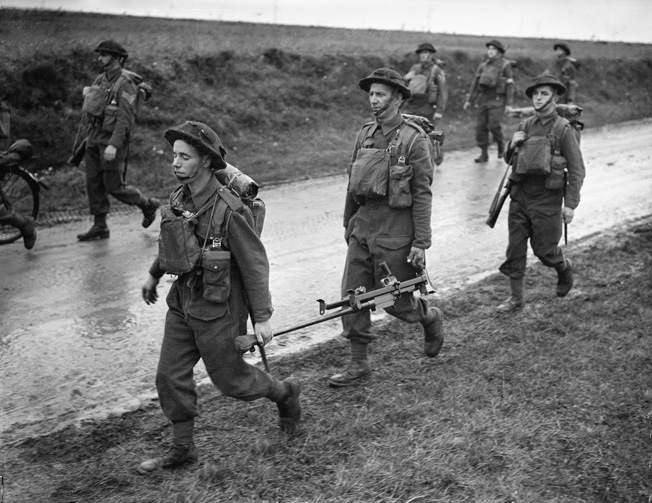
Their first night in North Africa, sunlight ended abruptly at 6:00 pm, and the soldiers of the Irish Brigade had to huddle together under greatcoats and antigas capes against the intense cold of the night. The next morning, they had breakfast of biscuits spread with margarine and jam or potted meat, washed down with tea.
Part of the 6th Armored Division, the London Irish and the rest of the 38th Brigade were transported by lorries to the battlefront in Tunisia along roads in the Atlas Mountains. The Italian-German forces were dug in along a north-south line 30 miles west of the capital of Tunis. The main Allied offensive came in January 1943. The weather was poor and heavy winter rain turned the ground to mud.
The London Irish were tasked with taking Point 286 on January 20, a hilltop held by the Germans in the northern Bou Arada sector. They took it just after dawn, but were swept off it in a counterattack supported by tanks and armored cars. As the London Irish went back to wrestle them off the hill, the Germans called in Stuka dive-bombers.
“It was practically impossible to dig in on the hard rocky slopes,” reported Brigadier Nelson Russell, “and all through the day they were subjected to heavy artillery and extremely accurate mortar fire. This fine battalion refused to be shelled off the position. What they had, they held. But at heavy cost.”
As Russell later noted: “The Irish Brigade learnt at a hard school. From the very start we were opposed by the Koch Brigade of the Hermann Göring Division. They were paratroops—all unmarried volunteers and the average age was 22-23.”
Throughout the fighting, Color Sergeant Ted O’Sullivan was back at the supply base getting hot food for his men. When he arrived at the captured position, he was shocked to see that several key officers had been killed or wounded.
“It was a shambles,” recalled O’Sullivan. “There seemed to be no order or discipline.” Some of the NCOs had dropped their weapons and fled. A total of six officers and 20 other ranks were killed, eight officers and 78 other ranks wounded, and at least 136 other soldiers recorded as missing but later confirmed as either wounded or made prisoner.
Brigadier Russell considered it a tough but critical clash, whereas O’Sullivan believed it was poorly executed with men exhausted by previous night patrols. Along with the other color sergeants, O’Sullivan was rebuked for not promoting NCOs from the survivors. “The whole exercise was nonsense and the three color sergeants had been used as scapegoats,” he commented bitterly.
Irish in the Drive For Tunis
In February, the Germans, led by General Erwin Rommel, assaulted the British and American lines. On the 26th, they came back to the Bou Arada position, west of Tunis, held by the London Irish.
O’Sullivan was delivering rations to his men in the morning when his truck came under fire—tracer flashing past him. Armed with a couple of grenades and rifles, he and the driver jumped out of the vehicle: “We did not a have a clear field of fire and could see little more than the bushes about 50 yards to our front. I was going to move forward when the undergrowth in front of us started to shake violently. I shouted a warning to Percy and we were preparing to open fire when a goat’s head followed by about 20 others broke through the shrubs followed by a young lad.”
Once the Germans reached the rest of the Irish Brigade, they found the Brigade clinging on to their positions and, after 24 hours of hard fighting, the Germans had had enough and withdrew. A hill near Hadj was retaken with an artillery barrage.
“For many weeks after the battle,” remembered O’Sullivan, “you could smell Hadj from almost a mile away. The stench of death was all pervading. Using an old towel, I cleaned the pieces of flesh which clung to the branches of trees. We buried our dead with honour but not the enemy, who were interred without ceremony.”
The German breakthrough failed, and the Allies pushed on toward Tunis. After a period of rest, the Irish Brigade, including the London Irish, were transferred to the 78th Infantry Division. On April 22, 1943, a massive Allied barrage crashed down on the Germans, and the Irish Brigade played their part in the assault on the German lines that eventually cracked.
As they closed in on the capital, Brigadier Russell drove past a mile-long column trudging along the dusty roadside. “About 3,000 prisoners,” he noted. “Bosch and Italian, soldiers, sailors, and airmen—a mixed bag. It was a pleasant—though smelly––sight.”
The Irish Brigade was given the honour of first entering Tunis, but they were not too sure what sort of reception they would get. Just in case, recorded Russell, “The troops were all loaded up with bombs, PIATs (Projector, Infantry, Anti-Tank), mortars and petards—all set for a bellyful of street fighting—and the last lap.” They needn’t have worried.
“I remained in my three-tonner,” said O’Sullivan, “which soon became bedecked with flowers. The men were garlanded, kissed, and cheered by the French colon[ial]s, who were relieved the war was over for them with little damage to their home.” Brigadier Russell was kissed twice by the delighted citizens. At a victory parade on May 20, the Irish Brigade marched in their caubeens with saffron-kilted pipers before Generals Dwight D. Eisenhower, Harold Alexander, and Bernard L. Montgomery.
“I always felt I was very lucky to command the Irish Brigade,” wrote Brigadier Russell at the conclusion of the Tunisian campaign. “It’s the command an Irishman would court—and there are a good many Irishmen in the Army. I wouldn’t change my command for all the tea in China, or perhaps better, all the stout in Guinesses!”
It was in Tunisia in 1943 that Irish Guardsman John Kenneally won a Victoria Cross by charging German panzergrenadiers while firing a Bren gun from his hip. “This outstanding act of gallantry,” said his citation, “and the dash with which it was executed completely unbalanced the enemy company, which broke up in disorder.”
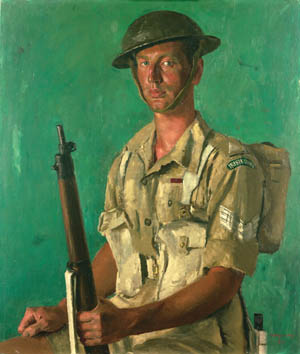
Kenneally then repeated this exploit two days later, inflicting so many casualties on the Germans that they cancelled their planned assault on the Allied lines. Although wounded in this attack, he refused to give up his Bren gun and carried on fighting throughout the day.
It was an extraordinary achievement, but Kenneally wasn’t all that he seemed. In fact, he wasn’t Irish at all, but half-Jewish—from Birmingham, England. He was born Leslie Jackson, but his mother changed it to Robinson. When war broke out, he joined the Royal Artillery in an antiaircraft battery, but found this boring, and so he deserted. In Glasgow, he fell in with a gang of Irish laborers who gave him a fake identity as John Patrick Kenneally and a fake past that included a childhood in Tipperary, Ireland. Under this name he joined the Irish Guards.
Two years later, Churchill was delighted to hear of the VC, contrasting this “Irish” hero with the Irish premier “frolicking” with the Germans. Such publicity was the last thing Kenneally needed. “It was the worst thing that could have happened to me”’ he said. “I thought, ‘Now I’m bound to be rumbled,’ but I never was.”
The Irish Invasion of Italy
In July 1943, the Irish Brigade took part in the Allied invasion of Sicily. It was the steppingstone toward attacking Mussolini’s Italy, considered the “soft underbelly” of the Axis forces. The Americans had a relatively smooth advance across the island, but the British and Canadians took the brunt of German resistance as they tried to cover their retreat to the Italian mainland.
The Irish Brigade was tasked with taking the hilltop town of Centuripe. It was a hard but effective assault in which all three Irish battalions played a part. Brigadier Russell concluded, “The capture of Centuripe had repercussions on both flanks—as it forced the Bosch to readjust the whole line.” Many good men were lost in the fighting, including Peter Fitzgerald of the London Irish. “A great character and a fearless leader,” noted Russell. “He was, by trade, a West of Ireland barrister—about 36 years old—and thus a volunteer in the very highest sense.”
For Colour Sergeant Ted O’Sullivan it wasn’t just the Germans that posed the greatest threat. Worn-out 25-pounders delivered their shells short of the enemy, endangering their own side, while malaria and dysentery invalided many men, including O’Sullivan. Even a period of rest had its dangers, as the colour sergeant nearly drowned in strong currents off the island as he tried to swim to a nearby beach; two other adventurous soldiers were not so lucky and perished at sea.
On September 24, 1943, the Irish Brigade landed at Taranto on the heel of the Italian mainland. Now part of the British Eighth Army, their mission was to advance along the Adriatic coast, breaking through two German defensive lines from Termoli to Ortona. It was merciless work.
At one point, the London Irish discovered 20 Germans in a deep dugout. When they refused to surrender, the London Irish dynamited the entrances and brought up a bulldozer to bury the Germans under tons of earth. Because of their relentless fighting spirit, the Germans had a new respect for the Irish Brigade and dubbed them “Die Irische SS.”
Christmas at Campobasso
Following this, the Irish Brigade was shifted west to a posting in the Apennine Mountains. Fresh British soldiers joined them, many not from an Irish background but willing to adapt to their new military culture.
Among the new influx of officers was Lieutenant Nicholas Mosley, the son of the imprisoned British Fascist leader, Sir Oswald Mosley. He later wrote up his own account of fighting with the Irish Brigade, preferring it to the “stuffiness” of the Rifle Brigade, saying, “I had come to appreciate the anarchic style of the London Irish.”
For Christmas, they were billeted at Campobasso in a large Franciscan monastery. “During Christmas Eve,” recalled O’Sullivan, “the monks carried around a harmonium and sang carols at each cell. The Catholics attended midnight Mass, formed a choir and sang the Credo. Our Christmas fare included pork chops.”
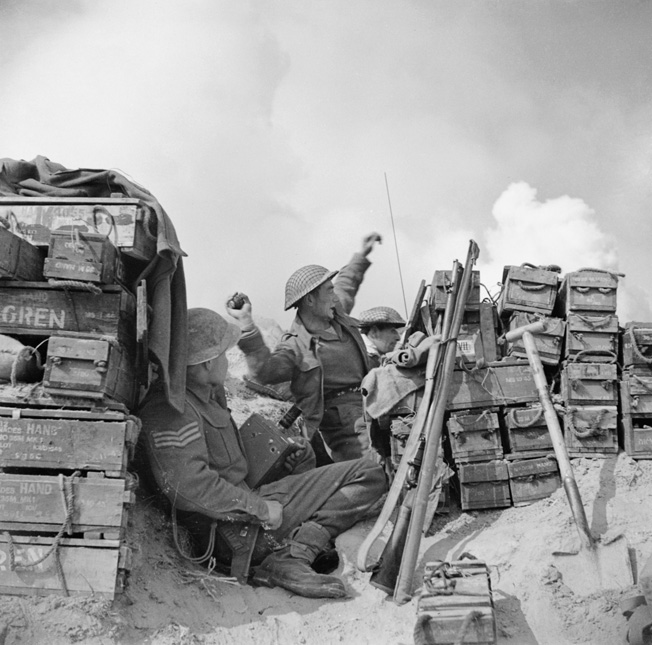
Brigadier Nelson Russell added his own observation of the feast: “Each man was getting busy on a plate which held about three lbs. of turkey, pork and ham; happy in the thoughts that he would shortly follow it up with two lbs. of plum pudding—the whole thing diluted by a couple of pints of beer—steadied and solidified by great cans of steaming liquid—which smelt like an unauthorized rum issue (but who cares for local by-laws? Certainly not the Irish Brigade on Christmas Day).”
In January 1944, elite German mountain troops swooped on a patrol of the London Irish near Campobasso. Properly equipped with white smocks and skis, the Germans briefly captured the frozen-footed Irish until a counterattack released them. In March, a new brigadier, Pat Scott of the Royal Irish Fusiliers, took over from the ill Nelson Russell.
One of the departing brigadier’s last acts was to turn over the body of a dead Irishman on a rocky crag in Tangoucha. “He was facing the right way,” wrote Russell, “the last round of a clip in the breech and three dead Germans in front of him. His name was Duffy. After all is over—and the remainder of the Empire is quite understandably irritated with Ireland—I hope these countless Duffys, from both the North and South, and in all three Services, will be remembered. We also supply quite a few Generals.”
The Battle of Monte Cassino
In the same month, the Irish Brigade was moved westward again, to a position behind the Monte Cassino front line, where the Germans had fortified a hilltop monastery and were defying all efforts to take it. From the nearby 2,300-foot peak of Monte Castellone, Brigadier Pat Scott witnessed a massive aerial bombardment of the German-held monastery. “It seems questionable,” he wondered, “if one wishes to attack a town or village, whether the right thing to do is to smash it all up first or not. If streets are an unrecognizable wreck of rubble, two bad things happen: you cannot drive down the streets with tanks and it is quite impossible to tell which piece of rubble holds the enemy.”
Overlooking the battered monastery, the London Irish had to monitor the ongoing battle. Supplies could only reach them by mule up a dangerous mountain track exposed to enemy shelling.
“We had to take particular care as the nervous muleteers were attempting to ditch their loads,” remembered Colour Sergeant O’Sullivan, “I finally arrived at the top with about half a dozen mules. Loads were spread along the track behind us.”
Brigadier Scott was impressed by the effort involved. “The Battalion’s administrative teams really came into their own during this period,” he noted—and that praise included O’Sullivan. “The Irish Rifles bakery never failed to produce appetizing cakes for the warriors on the mountaintop,” he said.
The London Irish needed something to keep their spirits up as they were unable to dig slit trenches in the hard rock and had to clear up the rubbish and excrement left by the French troops before them.
For the month of April, they carried out their sentry duty, sitting motionless during the day to avoid attracting the heavy mortar fire that pounded all the positions around Monte Cassino. At one point, Brigadier Scott was given a chilling task when General Harold Alexander asked him to work out a plan for capturing the monastery. Replied Scott, “I said I thought the best plan was for someone else to capture it.”
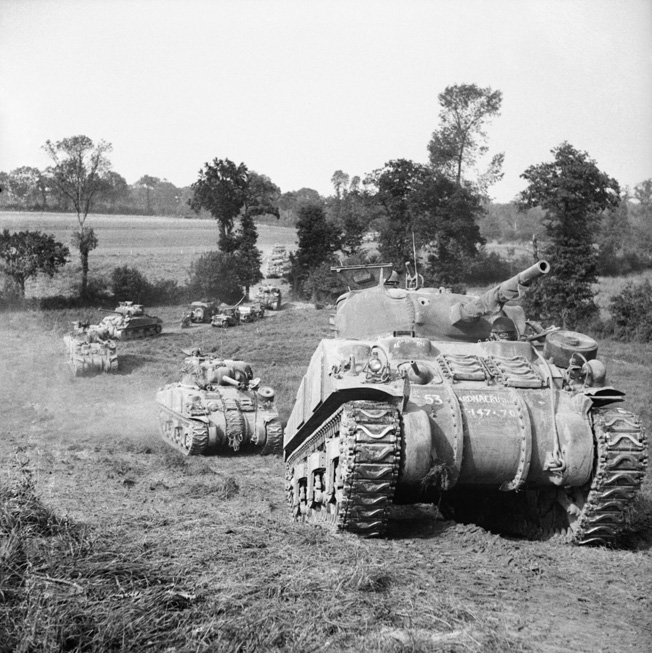
Fortunately, Alexander agreed. “We were very glad when some Poles started coming over to have a look around,” recalled Scott. “They were being given the unenviable task of capturing the Monastery and breaking through the mountains behind it when the big battle came off.”
As the Poles finally took the summit of Monte Cassino in mid-May, the Irish Brigade was shifted to Monte Trocchio, east of the River Rapido, ready to advance along the Liri Valley to link up with the Poles beyond Cassino. On May 15, Colonel Ion Goff, London Irish commander, rode off in a jeep to carry out some reconnaissance when his vehicle was hit by German shellfire. O’Sullivan was in the camp when a Bren carrier came in acting as an ambulance:
“I went over and found the battalion’s commander, Colonel Goff, seriously wounded and in agony. I helped unload him. With him was what looked like a midget who was obviously dead. It took me some time to recognise the body as Goff’s driver who was more than six feet tall. He had lost both legs.”
Goff died shortly afterward. “His loss was a very sad one,” wrote Brigadier Scott, “and it reflects the greatest credit on the London Irish that in spite of losing this trusted leader on the eve of one of the biggest battles they had ever fought, it in no way detracted from the magnificent performance they were to put in the next day.”
The Fight For Sinogogga
On the 16th, the battle began at 9:00 am with a tremendous artillery barrage by several hundred big guns. The London Irish surged along the road to Sinogogga—a fortified village that was part of the Gustav Line. A few were held up by Germans firing from the cellars of houses, but other riflemen poured into the enemy dugouts using bayonets to finish off the Germans before the barrage had barely passed over them.
When the London Irish were halted, supporting tanks from the 16/5 Lancers blasted the enemy positions with high-explosive shells from their 75mm guns. Many of the Germans were caught away from their antitank guns by the artillery barrage and those that managed to get to their guns were shot down by infantry fire. “The show never really looked like stopping,” noted the battalion report.
The London Irish were most vulnerable on their open left flank across the Piopetto River when Germans fired heavy machine guns and mortars at them. The Lancers helped by scoring several direct hits on German armored vehicles and blowing up two ammunition dumps. H Company of the London Irish eventually broke into the village of Sinogogga where they had to engage in fierce hand-to-hand fighting for over an hour as the Germans tenaciously defended the shattered buildings with grenades, MG 34 machine guns, and “Schmeisser” MP 40 submachine guns.
A self-propelled 75mm gun proved the most deadly of the German weapons, and Corporal Jimmy Barnes from County Monaghan went forward by himself, covered only by a Bren gunner, to deal with the vehicle. He killed one of the German crew with a grenade before being killed himself. Shortly after this, the Germans in the village surrendered. Barnes was unsuccessfully recommended for the Victoria Cross.
It took another hour of hard fighting for the rest of the London Irish to take their objectives. In total, their casualties numbered five officers and 60 other ranks. The Germans lost 100 killed and 120 captured, including Hermann Göring paratroopers—their old rivals from Tunisia. Two more days of hard fighting followed until the Germans realized their position was lost and they withdrew—the monastery at Monte Cassino falling on the 18th.
Another casualty of the fighting on the Gustav Line was Lt. Col. Humphrey “Bala” Bredin, battalion leader of the Royal Inniskilling Fusiliers. Shot through both legs, he remained in command throughout the battle, propped up in the front of a jeep.
Commissioned into the Royal Ulster Rifles in 1936, Bredin had been placed second in command of the Royal Irish Fusiliers during the earlier fighting at Cassino. He was then transferred to command the Inniskillings. Following his recovery from his wound, he took over command of the London Irish Rifles. Thus, he held senior command of all three battalions in the Irish Brigade.
Already the recipient of the Military Cross in Palestine before the war, Bredin won a Distinguished Service Order for his leadership in Italy. “Throughout this operation he commanded his battalion with the utmost skill and inspired his men by his examples of personal gallantry under fire,” ran the citation. Famously, he never wore a steel helmet, preferring to wear the Irish caubeen and carry a cane into battle.
A Mass of Kilts at the Vatican
Seven days after the fighting at Sinogogga, the Hitler Line was broken and the Allies could march on to Rome. At one point, a soldier in the Royal Irish Fusiliers remembered approaching a junction commanded by an officer of the Irish Regiment of Canada. “Canadian Irish, this way,” he barked, enjoying the global span of Irish soldiers before him. “English Irish, that way.”
The Americans got to Rome first, but on June 12 the Irish Brigade accepted a special invitation to visit Pope Pius XII. Brigadier Pat Scott was an Irish Protestant but he most certainly was not going to miss such an honor for the brigade; he faced competition for the limited number of places for the papal audience.
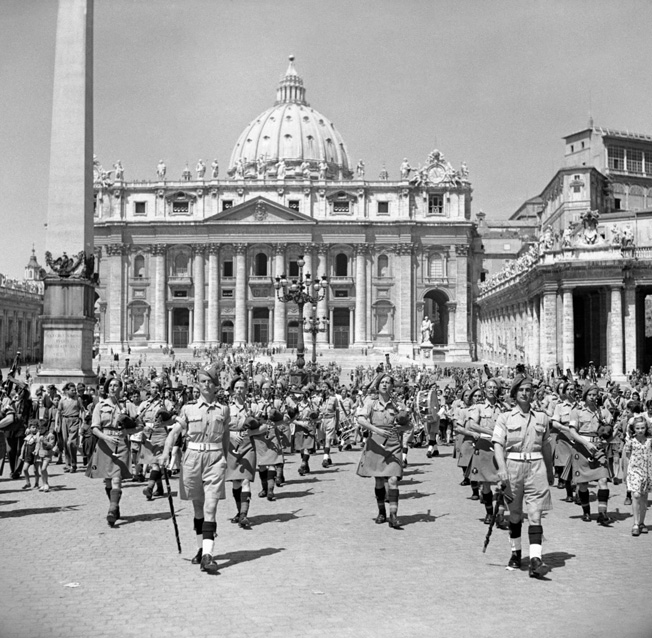
“Many influential members of Orange Lodges were trying to get a seat in the party by virtue of their high rank or long service,” observed Scott. He intended that Catholic soldiers of long service should get first choice, and those born in Ireland, but there were not enough to fill the quota of officers from each battalion so Protestants took the spare places.
“The ‘heretic’ element was almost entirely made up of out-and-out Orangemen [i.e., Irish Protestants]. I would like to mention a few names, both of these officers and of some men of the other ranks who afterward visited His Holiness, but it might be unkind to put their names in print and have them read out in their local Orange Hall at home.”
The Irish Brigade party arrived at the Vatican at 8:45 am and was escorted by the elaborately clad Papal Guards to the audience. Pope Pius XII gave a short speech praising the Irish for spreading the faith around the world to America, Australia, South Africa, and other nations. Scott then asked the Pope if he would like to hear his pipers play.
Brigadier O’Sullivan was at the audience and noted the irony of what followed next: “The massed brigade band in their saffron kilts and caubeens with the various colored hackles and regimental badges played ‘Killaloe,’ followed by ‘The Sash My Father Wore.’ This was probably the first and last time one of the signature tunes of the Orange Order was heard in the Vatican. His Holiness tapped his foot to the beat of the martial music and obviously enjoyed the alien sound.
The Pope then blessed the rosaries brought by the Catholic soldiers and they knelt to kiss his ring. The Orangemen remained in their seats.
Ending the War as the “Kangaroo Army”
Hard fighting for the Irish Brigade continued into late 1944 and 1945 as they advanced through Italy against stubborn German resistance. In a battle three miles south of Lake Trasimeno, the London Irish lost more than 70 men killed, wounded, and missing. For the final phase of the war, the London Irish were issued with armored carriers called “Kangaroos” and they were dubbed the “Kangaroo Army.”
Color Sergeant Ted O’Sullivan survived the bitter last stages of the war. In Austria in May 1945, he was given 28 days leave in England. As he trekked back across Europe, he witnessed German cities in ruins and thousands of refugees wandering along roads back to their devastated homes. After 31/2 years away from London, he arrived back in Brixton. “My family did not know of my leave,” he said, “and my mother was overcome when she opened the door to me.”
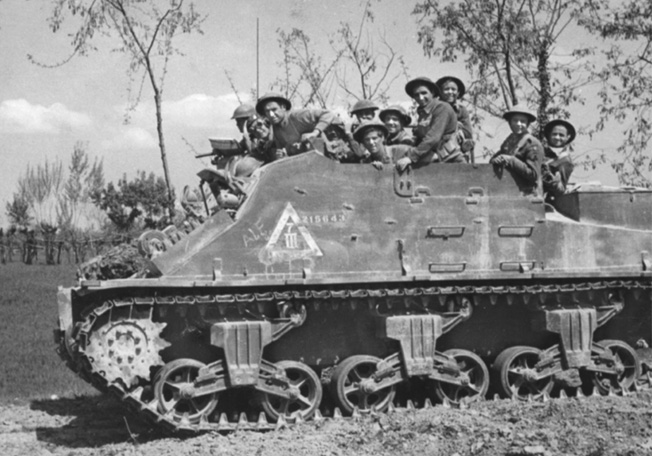
O’Sullivan suffered a recurring bout of malaria he had picked up in Italy, and his leave was extended. It was during this rest period that he met an ATS (Auxiliary Territorial Service) officer who later became his wife. His soldiering finally ended in August 1946.
“By that time,” he recalled, “I would have spent six years and 10 months in the Army instead of the six months which I was originally called up to serve in October 1939.” After the war, Ted settled in Farnham Common, England, with his wife to run a newsagent and tobacconist store.
The Irish Brigade ended the war in Austria, having fought their last major combat south of Italy’s Po River. From its initial fighting in Tunisia, all the way through Italy, the Irish Brigade lost more than 900 men killed of all ranks.
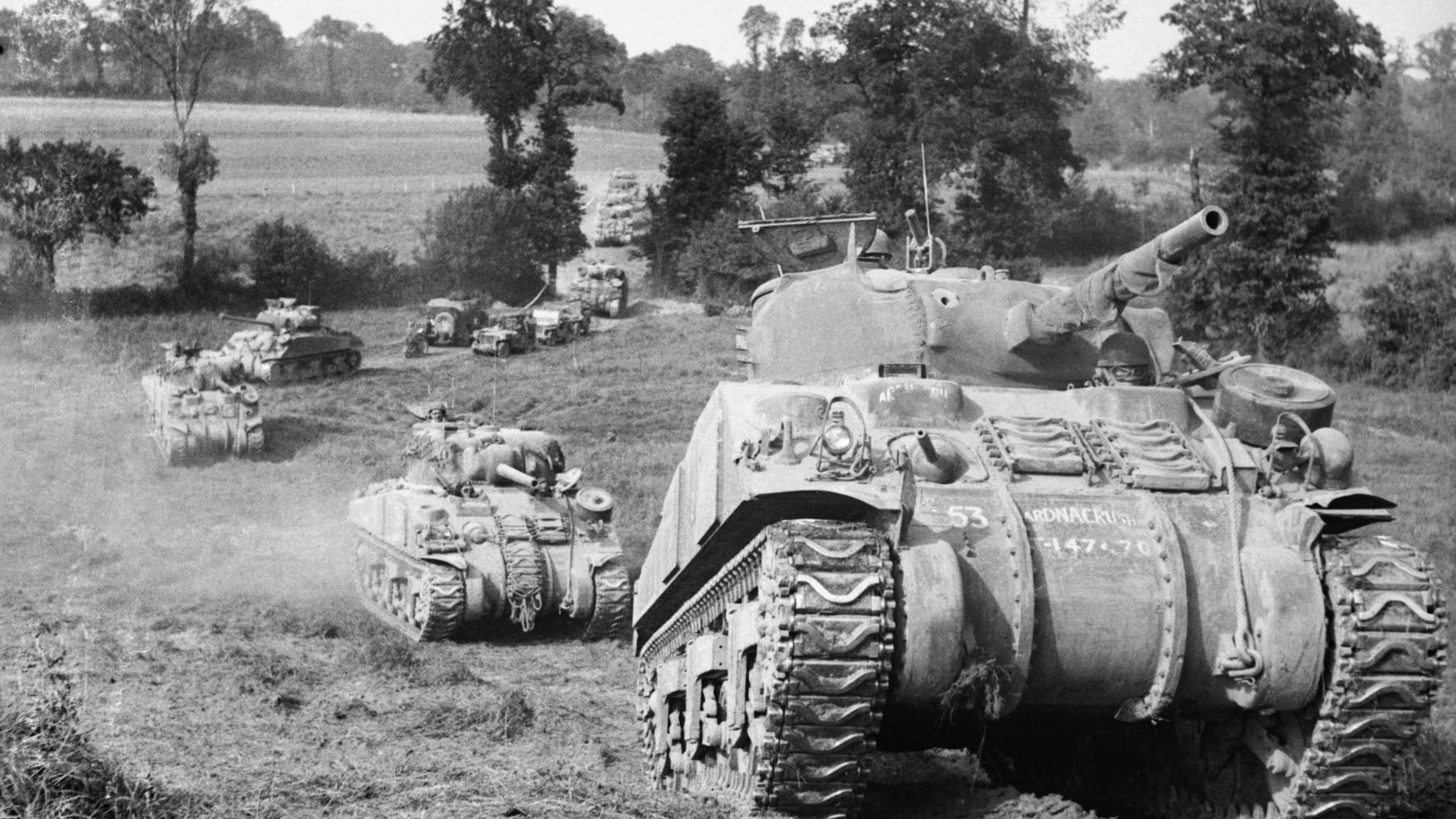
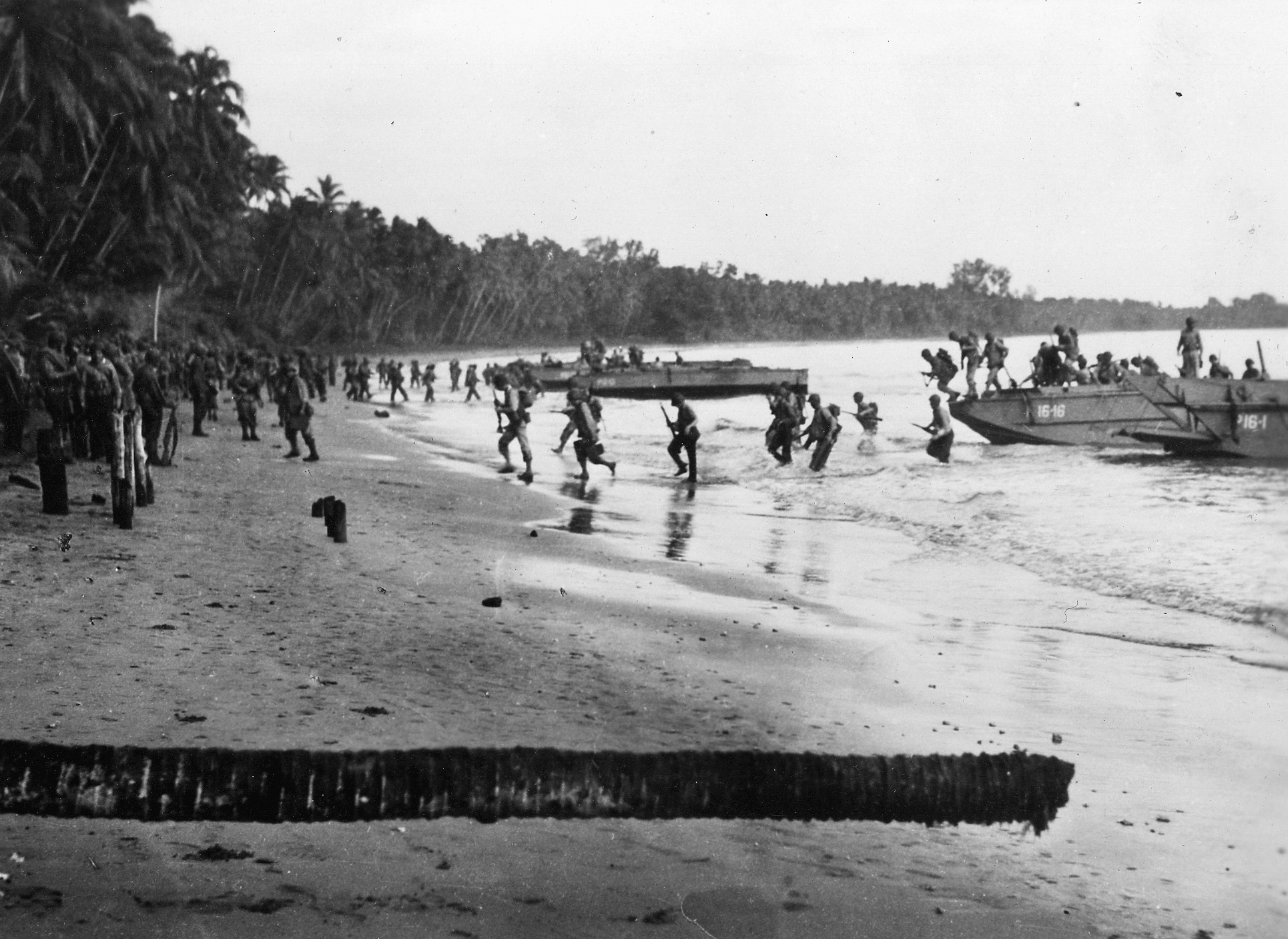
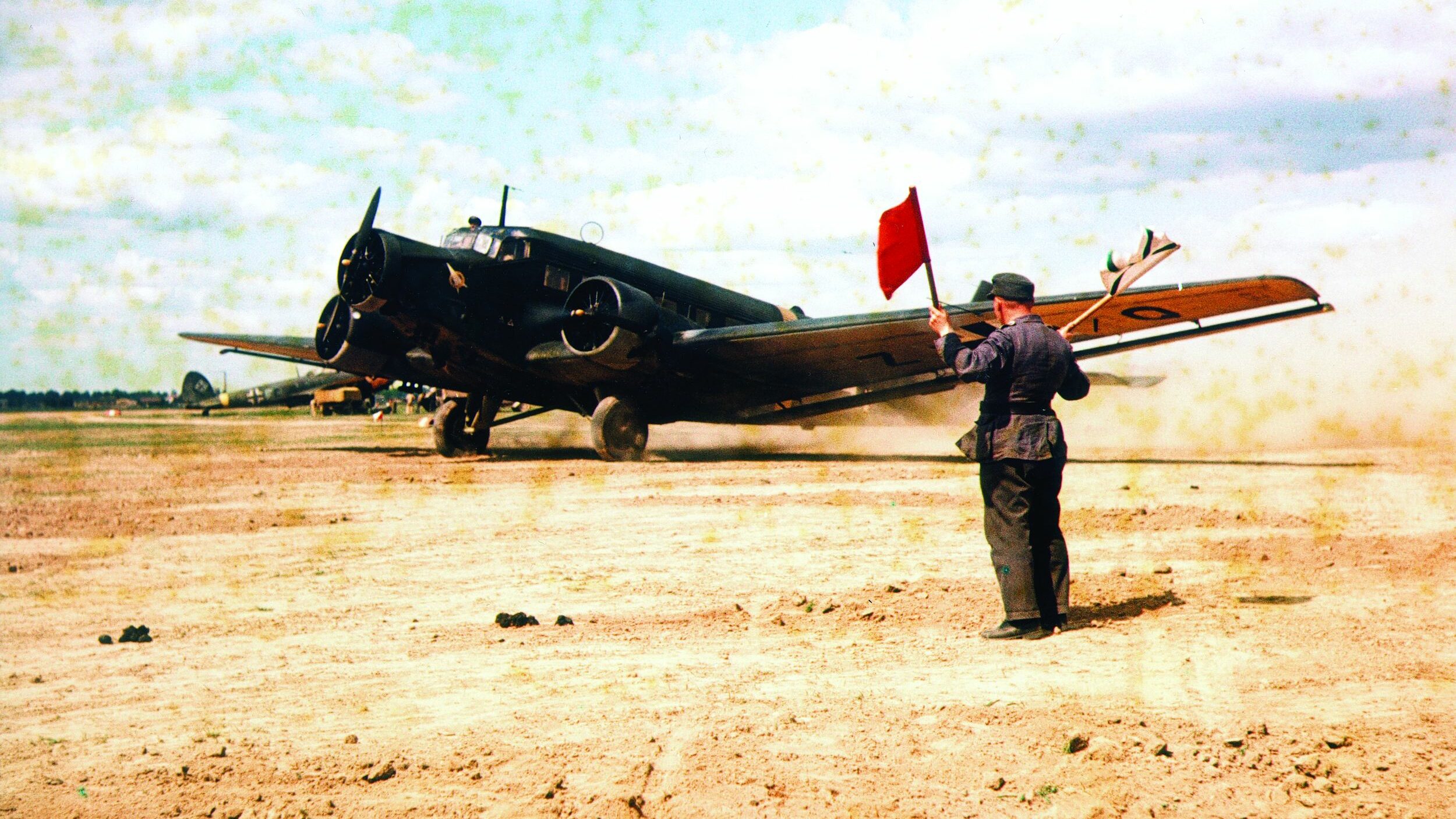
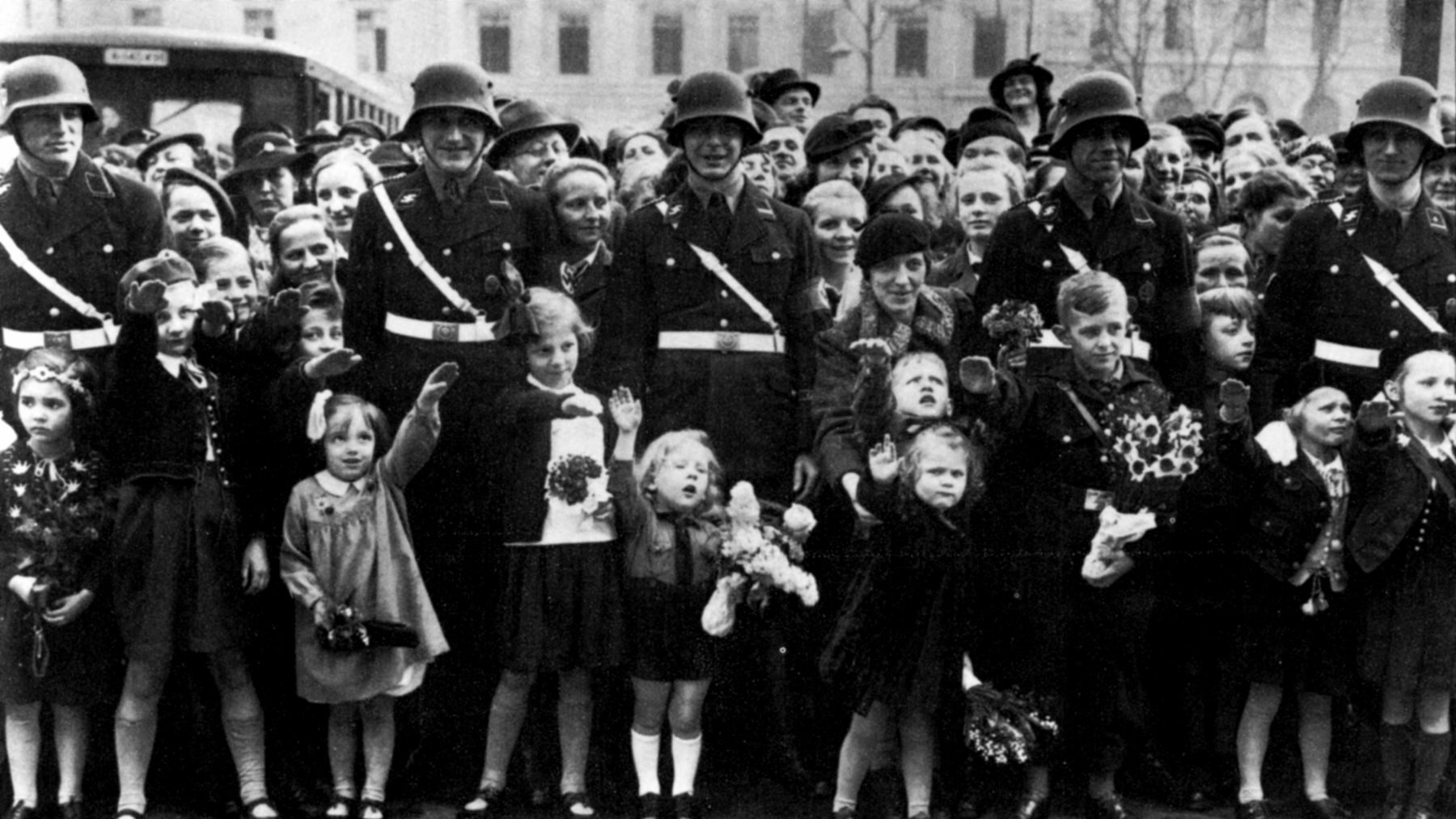
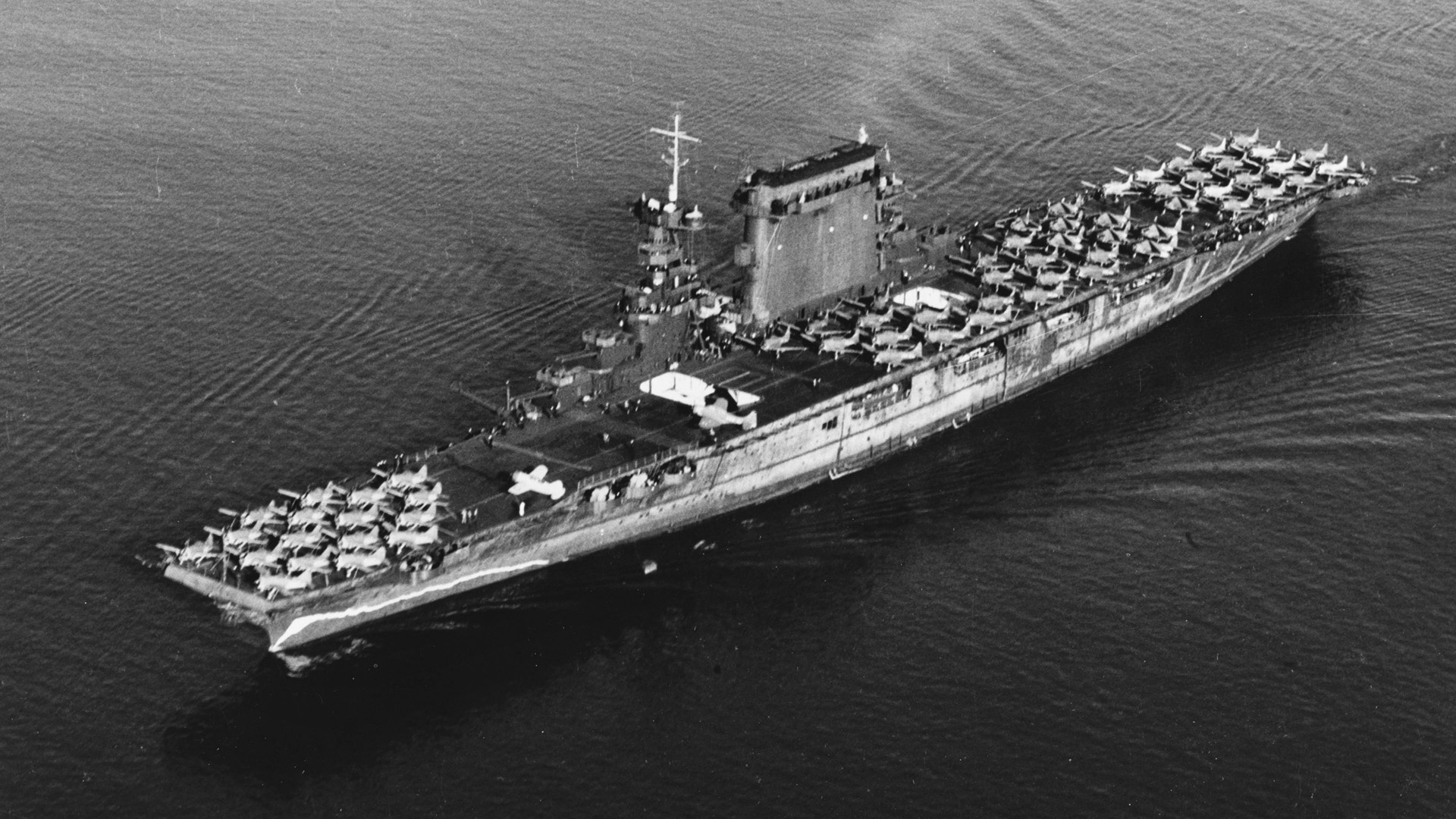
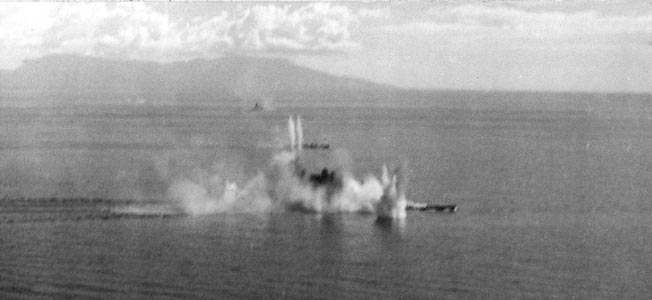
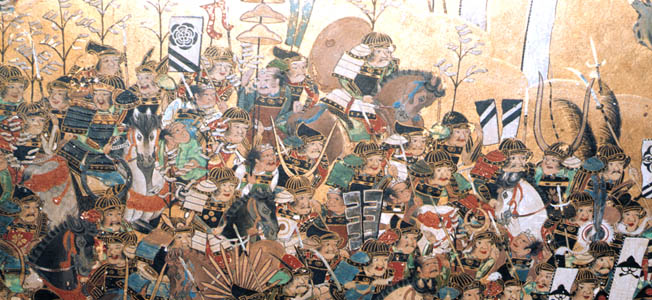
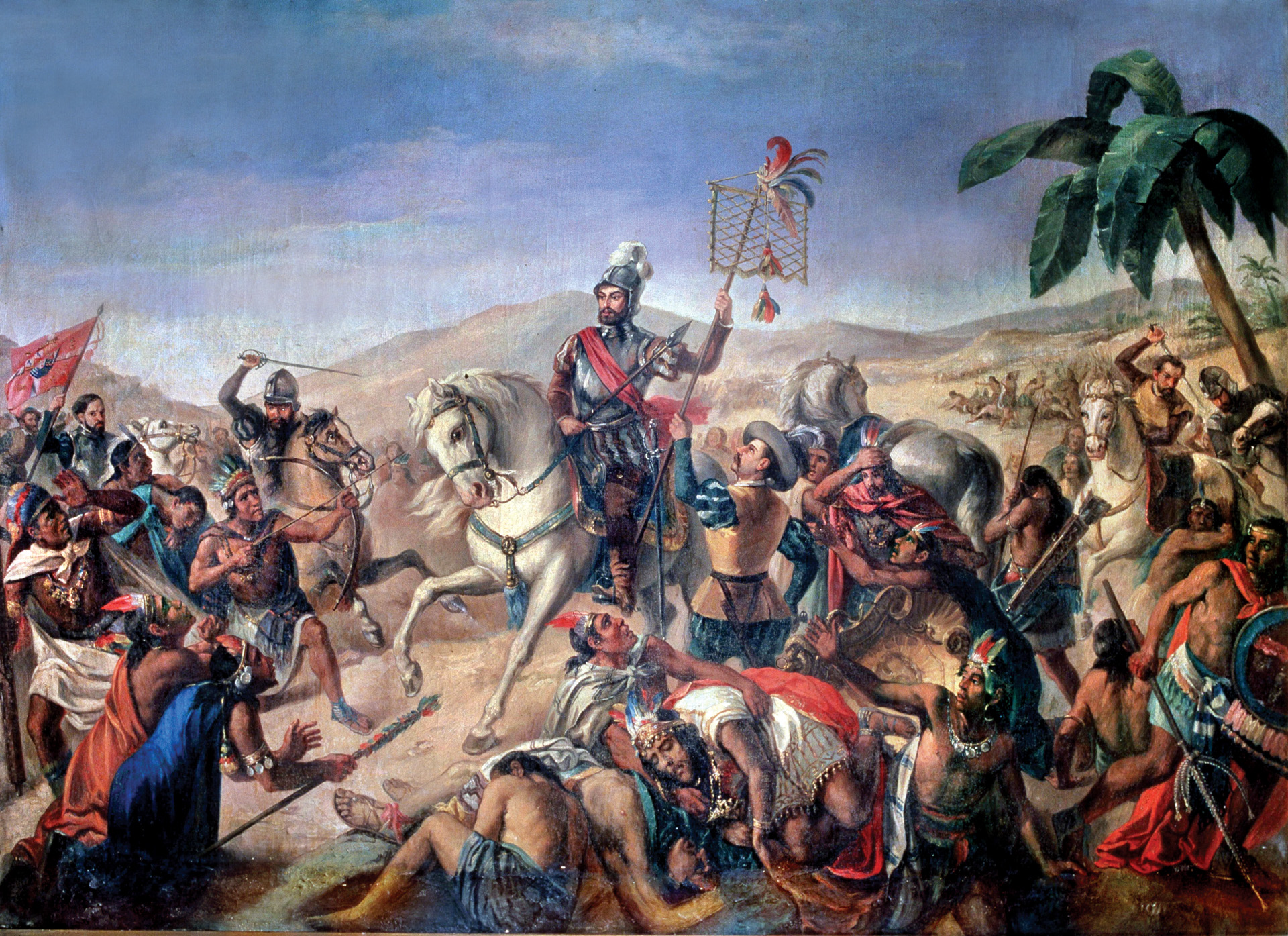
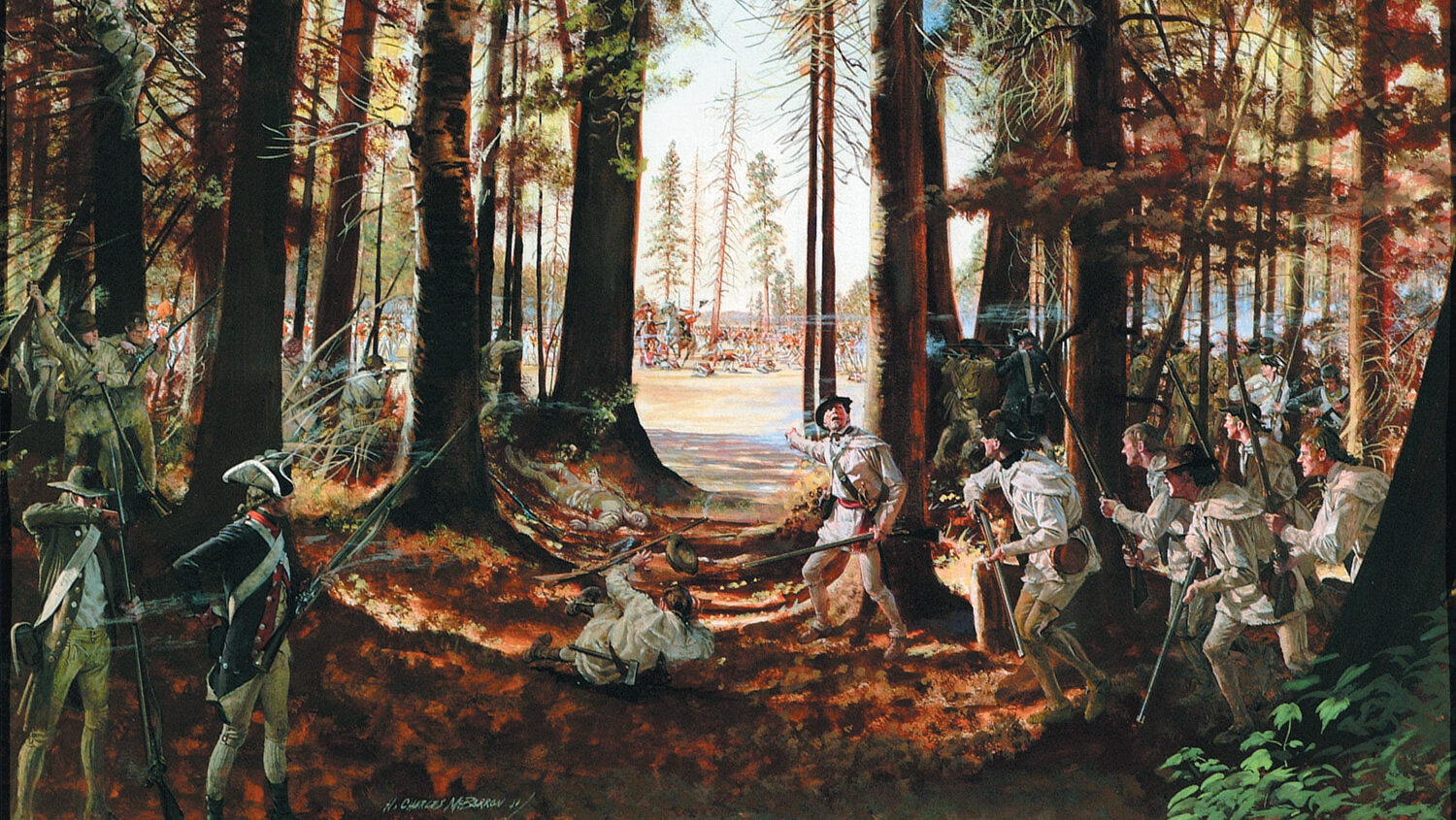
I truly enjoy the articles that are presented by this History Network. They are well written and give a fair account of men and battles that were fought from both sides of the conflicts. Thanks
Enjoyed the Catholics meeting the Pope. Never heard of it before.
There’s hope for us all that men from both sides can come together when the cause is just . De Valera turned a blind eye to the Irish joining up . I had an officer point out to me when I was 17 that DeValera sent his condolences on Hitler death. I was embarrassed, she forgot to mention the 47000 Southern Irish who joined up.I was Southern Irish and she was Northern .